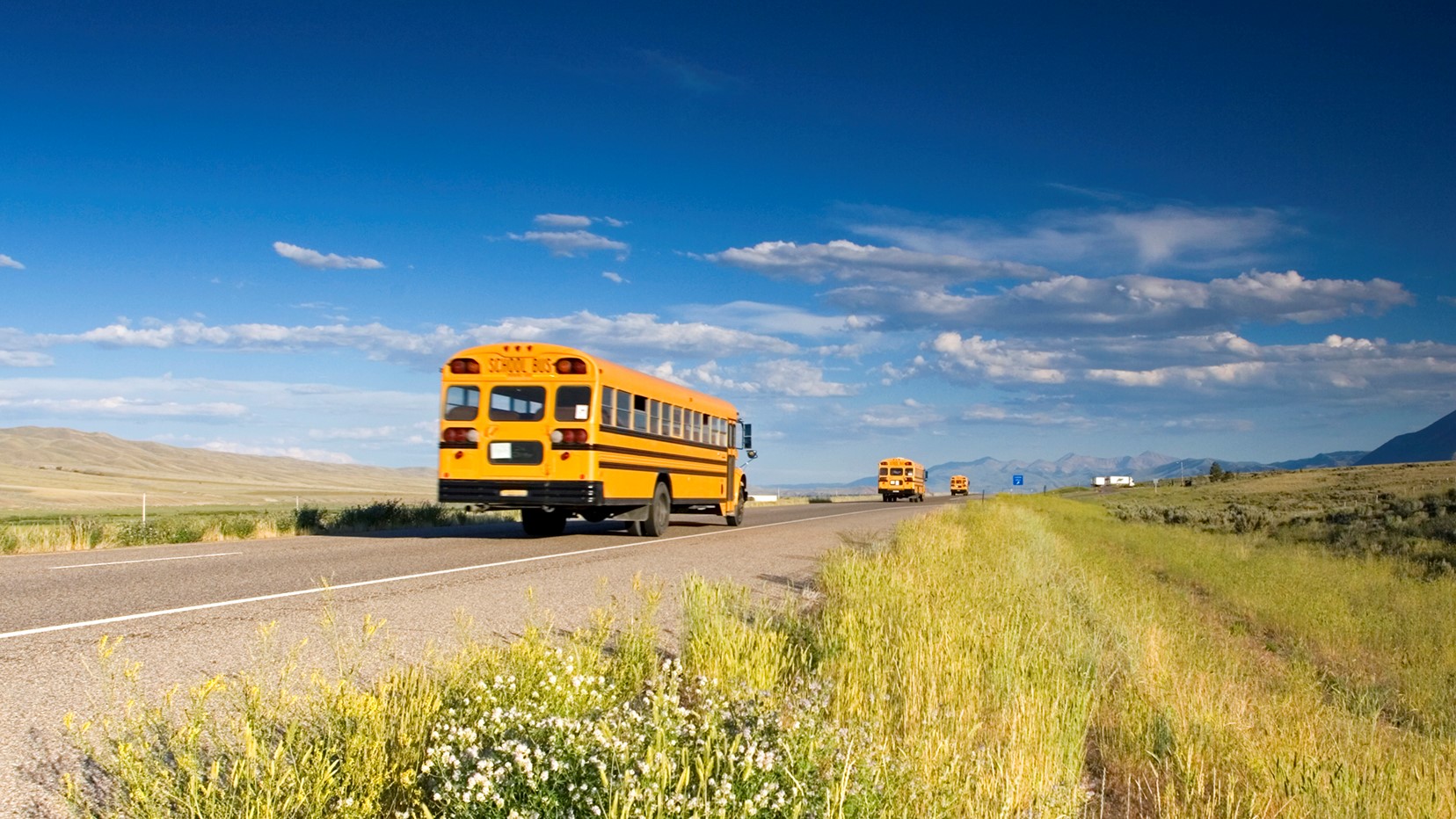This page contains resources, information and links for childcare settings. Educators, allergists, and training professionals have all worked in the development of these resources to make them as informative and user-friendly as possible.
We thank you for taking the time to learn and make use of our resources, and we hope that you will involve all parents in making your childcare centre a safe and inclusive place for young children with food allergies. It takes a village to make it happen.
Childcare centre policies
Your centre should develop an allergy management policy that works to ensure young children’s safety. The following strategies should be considered as a part of the overall allergy management policy:
1. Identification of at-risk students
Create an Anaphylaxis Emergency Plan for each child with allergies. An Anaphylaxis Emergency Plan is a written plan that is customized to each student with allergies. It lists the child’s allergies, gives instructions on how to treat symptoms and provides directions on what to do in the event of an allergic reaction. In some provinces and territories, the plan is mandatory. Download a sample anaphylaxis emergency plan.
- While the following resources were written for schools, some of the policies and strategies can be adapted for your centre:
- Sabrina’s Law
- Anaphylaxis in schools and other settings
2. Training and education
Set up regular training for staff about prevention of reactions, the signs and symptoms of anaphylaxis, and emergency protocols.
Consider our AllergyAware.ca free online training course for childcare professionals: Anaphylaxis in child care settings: What staff/caregivers need to know. Developed by Food Allergy Canada and Leap Learning Technologies Inc., the course is interactive and mobile-friendly. It takes approximately 30 minutes to complete, and upon successful completion, you can download your very own personalized certificate of completion.
3. Avoidance strategies
The following are recommended to reduce the risk of exposure for people with food allergy:
- Establish cleaning protocols for classrooms and centre common areas to reduce the risk of exposure to allergens.
- Implement hand-washing protocols where students wash hands before and after every meal to help prevent cross-contamination.
- Have educators – or other adults (lunch monitors) supervise young children during snacks and other meals.
- Have the children follow a “no food sharing” policy.
4. Communication
Develop a communication protocol with strategies to educate and raise awareness of food allergies with parents, staff, and volunteers.
Classroom tips
 Reading labels: Classroom and kitchen safety
Reading labels: Classroom and kitchen safetyIt is very important to understand how to read labels for allergens, and how to keep the classroom and kitchen safe by preventing cross-contamination. Many reactions are prevented by proper kitchen and food serving protocols. Find out more about reading labels, kitchen safety and avoiding cross-contamination.
 Events and field trips
Events and field tripsIt is helpful to provide recommendations for educators and staff on how to make birthday parties and other events safe for students with allergies. When children are in new situations, they can be at greater risk for a reaction because their normal routine is changed. School trips and special events are not part of the daily routine and may present new risks.
 School buses and other transit
School buses and other transitTo help keep buses safer, administrators can speak with the transit company to find out if their drivers and staff have received emergency training in anaphylaxis management. You can respond to any knowledge gaps by arranging training. Consider having a “no eating” policy on school buses to help minimize risk.

